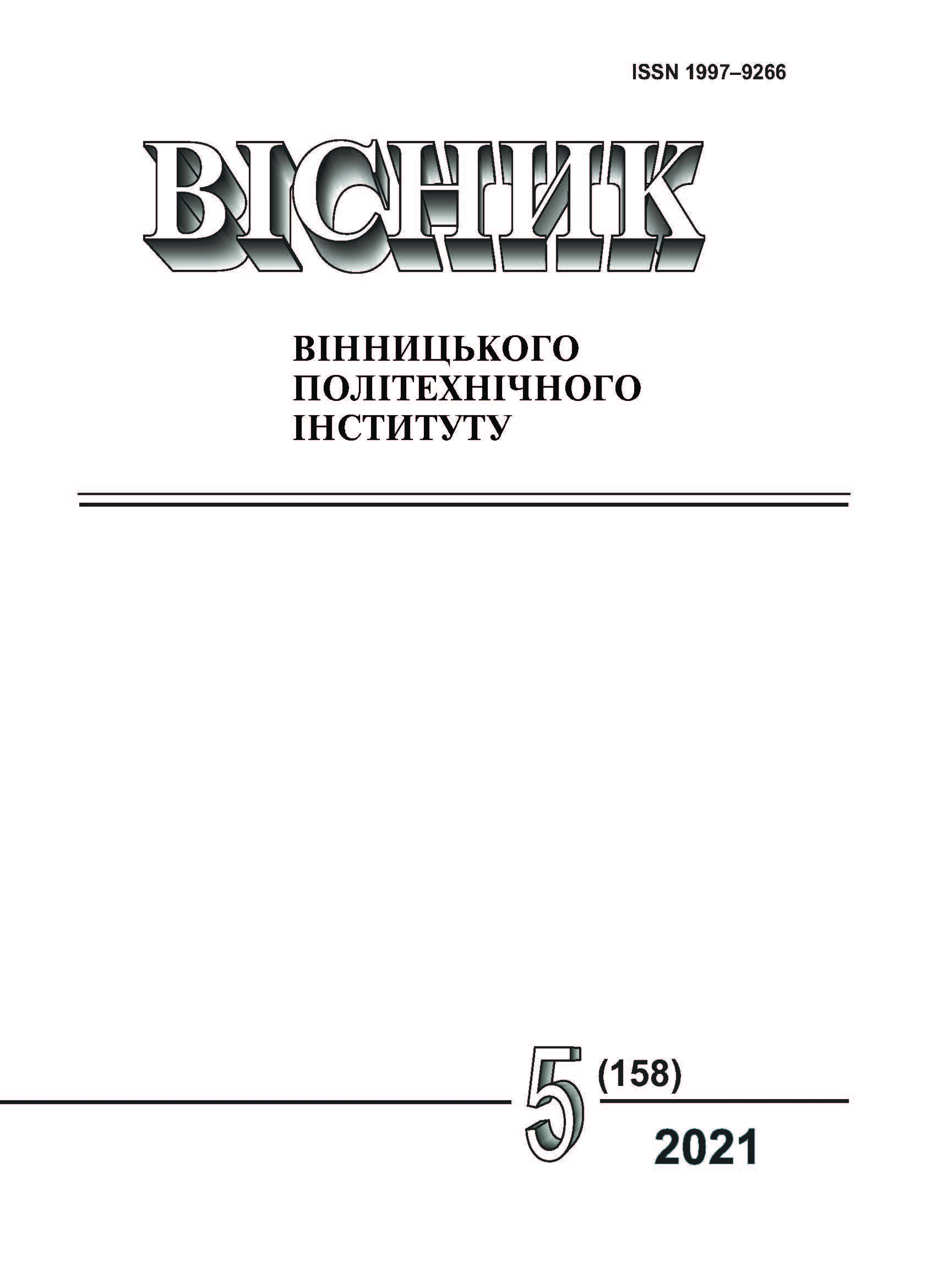Nyquist Pulses in OFDM System
DOI:
https://doi.org/10.31649/1997-9266-2021-158-5-126-131Keywords:
OFDM, spectrum, Nyquist pulse, selective signal, selective spectrum, frequency-time dualityAbstract
Orthogonal frequency division multiplexing or OFDM technology allows converting a single high-speed data stream into parallel low-speed streams, where each stream is transmitted in a channel with its own subcarrier frequency. Unlike FDM, where there is a protective band gap between channels, channels in an OFDM system overlap, what requires orthogonal properties between base pulses of transmitter and receiver to avoid intersymbol (ISI) and inter-channel (ICI) interference. In traditional OFDM, a rectangular pulse is used as envelope of base pulses of the transmitter and receiver. Choice of the rectangular envelope is due to simplicity of its shape and additionally allows implementing the process of receiving OFDM signal using fast Fourier transform technology (FFT). Disadvantage in this case is the increased level of out-of-band emission in frequency domain, as well as increased sensitivity of system to the Doppler effect. Main feature of spectrum of radio pulse with rectangular envelope is the maximum spectral density at the carrier frequency and many zeros located at equal frequency intervals, what means that spectrum is selective. The paper shows that this feature of spectrum for OFDM is not accidental. In turn, Nyquist pulses are a type of pulses that have one maximum and many zeros located at equal time intervals. That is, the spectrum of radio pulse with rectangular envelope can be considered as a Nyquist pulse if time and frequency are replaced. The paper considers general criteria for shape of continuous base pulses of the transmitter and receiver. Requirements are set for shape of receiver base pulses if transmitter base pulses have selective spectrum. Usage features of fast Fourier transform technology for transmitter base pulses with selective spectrum have been investigated.
References
Andreas F. Molisch, Wireless communications. Chichester, United Kingdom: John Wiley & Sons Ltd, 2011, 827 p.
R. Nissel, S. Schwarz, and M. Rupp, “Filter bank multicarrier modulation schemes for future mobile communications,” IEEE Journal on Selected Areas in Communications, vol. 35, no. 8, pp. 1768-1782, 2017.
B. Farhang-Boroujeny, “OFDM versus filter bank multicarrier,” IEEE Signal Processing Magazine, vol. 28, pp. 92-112, May 2011.
Л. Е. Варакин, Теория систем сигналов. Москва: Советское радио, 1978, 304 с.
Э. А. Сукачёв, и Д. Ю. Бухан, Корреляционный анализ детерминированных сигналов. Одесса, Украина: Освіта України, 2014, 134 с.
А. Б. Сергиенко, Цифровая обработка сигналов. Санкт-Петербург, Россия: Питер, 2003, 608 с.
Э. А. Сукачёв, Введение в теорию сигналов Найквиста. Одесса, Украина: Освіта України, 2016, 108 с.
Э. А. Сукачёв, Сотовые сети радиосвязи с подвижными объектами. Одесса, Украина: ОНАС им. А. С. Попова, 2013, 256 с.
Downloads
-
PDF (Українська)
Downloads: 173
Published
How to Cite
Issue
Section
License

This work is licensed under a Creative Commons Attribution 4.0 International License.
Authors who publish with this journal agree to the following terms:
- Authors retain copyright and grant the journal right of first publication.
- Authors are able to enter into separate, additional contractual arrangements for the non-exclusive distribution of the journal's published version of the work (e.g., post it to an institutional repository or publish it in a book), with an acknowledgment of its initial publication in this journal.
- Authors are permitted and encouraged to post their work online (e.g., in institutional repositories or on their website) prior to and during the submission process, as it can lead to productive exchanges, as well as earlier and greater citation of published work (See The Effect of Open Access).





